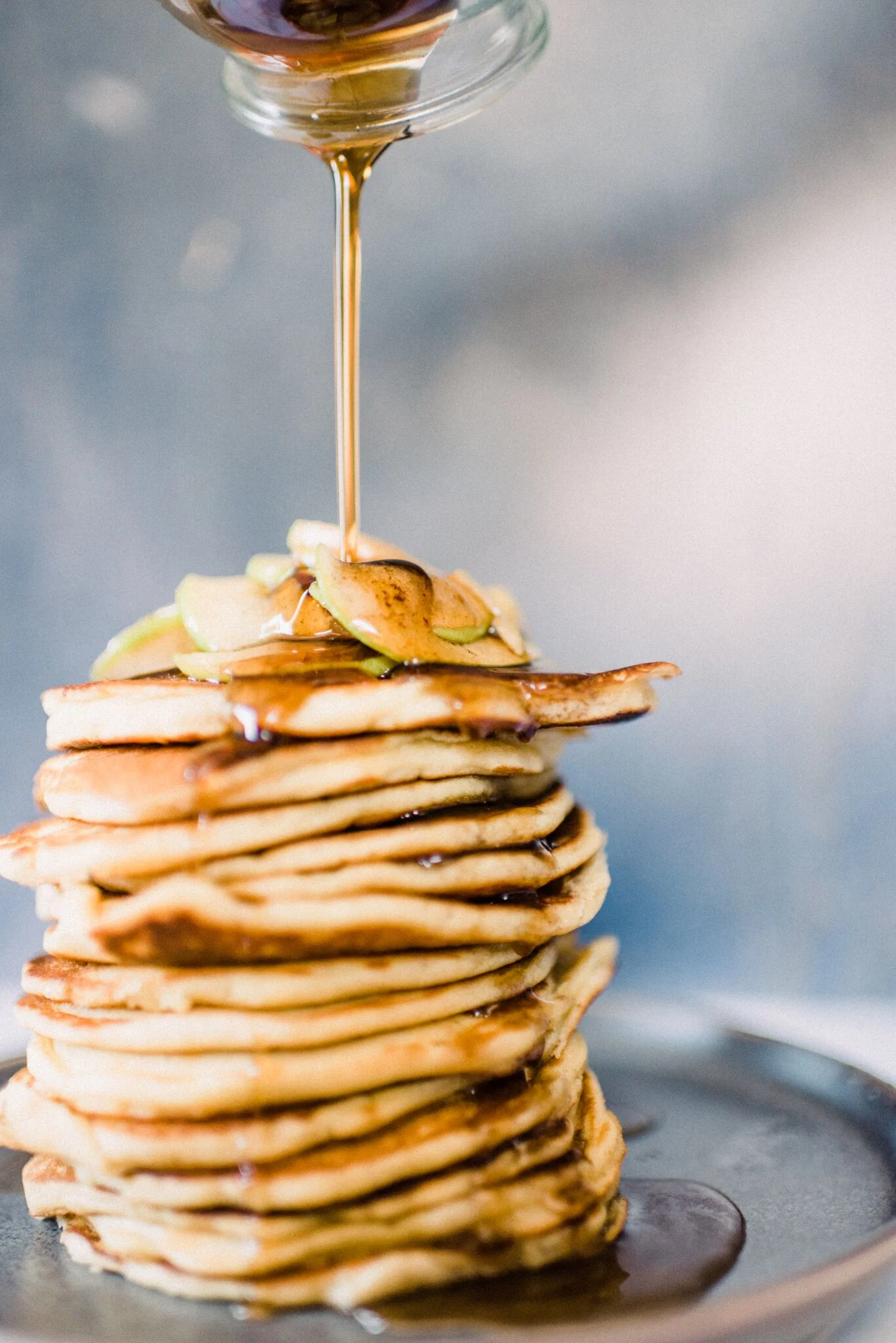Potato-Kale Hand Pies
This recipe will make 16 hand pies or 8 pies with enough filling leftover for a side dish for 4, which is what we usually do. Filling recipe can also be halved to make 8 pies with no leftovers. In this case, you will only need 1 package of puff pastry.
Ingredients:
2 large red potatoes (about 1½ pounds), peeled and diced
2 tablespoons good olive oil, plus an additional 2 tablespoons for finishing
1 medium onion, peeled and diced
2 packages puff pastry (4 sheets) for 16 hand pies
½ pound kale (6 to 8 stems, depending on size)
1 tablespoon freshly squeezed lemon juice
½ cup crumbled feta cheese
½ teaspoon salt, or to taste
½ teaspoon black pepper
½ to 1 teaspoon dried hot pepper flakes or ½ fresh Calabrian pepper, seeded and julienned
1 egg, beaten
1 tablespoon water
Special Tools:
Martini glass, biscuit cutter or bowl with 4½- to 5-inch diameter
Parchment paper
NOTE: If cooking for kids or friends who prefer less spice, omit red pepper flakes when making filling and sprinkle a few flakes onto each individual pie before sealing it up. You can use the extra dough to create letters—indicating the ingredients or the recipient’s initial—that can be “glued” onto the top with egg wash.
Directions:
Place diced potatoes in a medium saucepan and cover potatoes with water. Bring to a boil, then reduce heat to medium. Partially cover pan and simmer until potatoes are fork-tender, about 10 minutes.
While potatoes cook, add 2 tablespoons of olive oil to a heated cast-iron or non-stick frying pan. When oil is hot, add chopped onions and cook over medium-low heat for 15 to 20 minutes, until lightly browned.
Remove puff pastry dough from freezer and set on counter to defrost, following package directions.
Wash kale and remove stems. Slice kale leaves into ¼-inch ribbons, then chop in opposite direction to form thin slices no more than 2 inches long.
When potatoes are tender, add kale to pot with potatoes. Bring to a boil, then reduce to medium heat for 5 minutes, stirring occasionally.
Drain potato and kale mixture in a colander and return to pan. Use a wooden spoon or spatula to crush potato cubes until they are broken up, but not mashed.
Add remaining browned onions, 2 tablespoons of olive oil, lemon juice, crumbled feta cheese, salt, pepper, and red pepper flakes (if desired.) You may choose to add a sprinkling of red pepper flakes to each individual pie when you fill it if you want some spicy and some not-so-spicy pies.
While filling cools, preheat oven to 400°F.
Beat an egg in a small bowl with 1 tablespoon of room-temperature water.
Line a 9- by 13-inch baking sheet with parchment paper.














